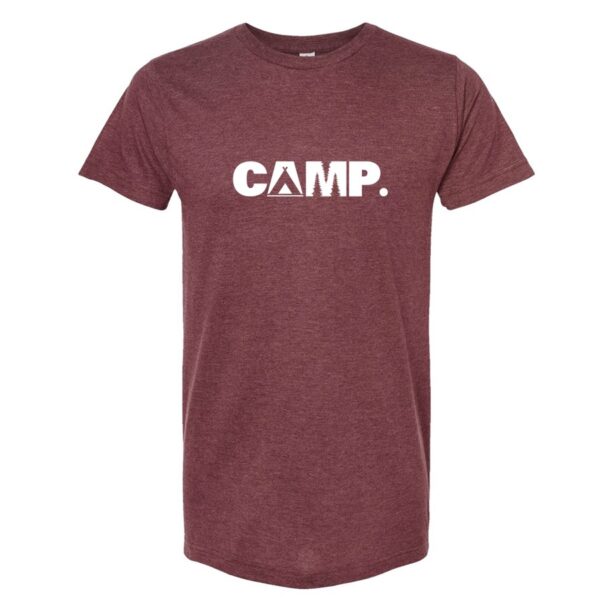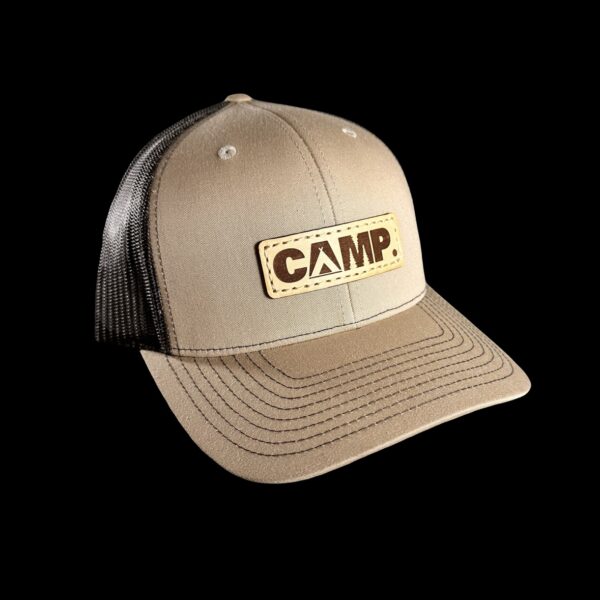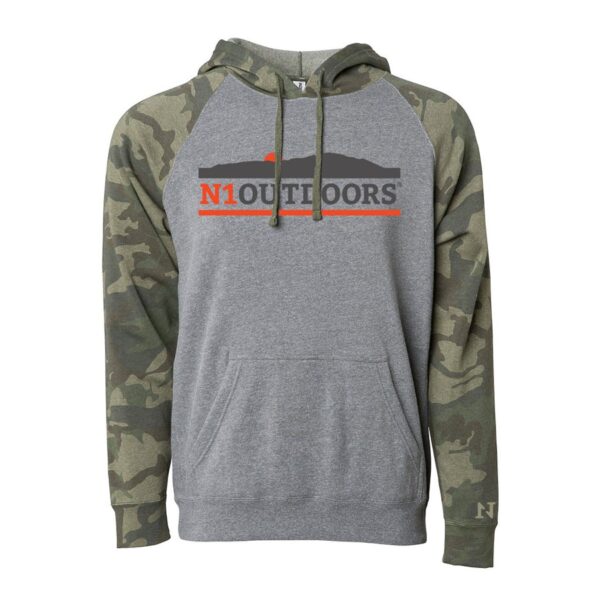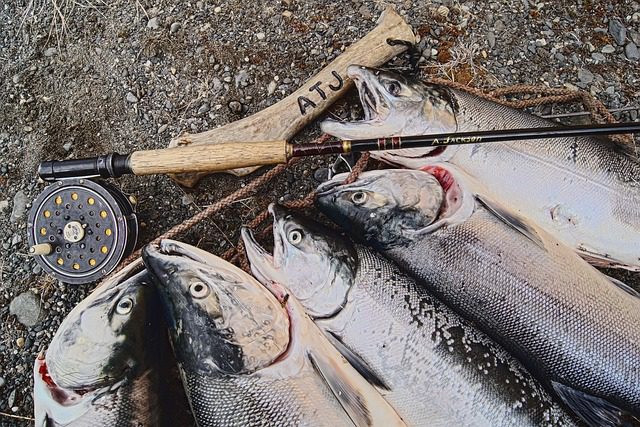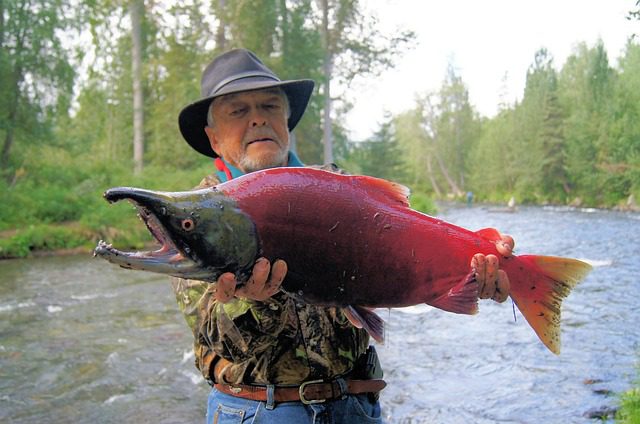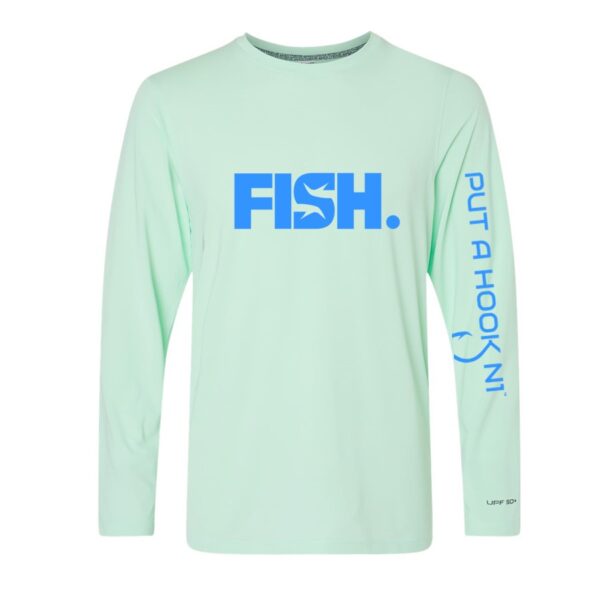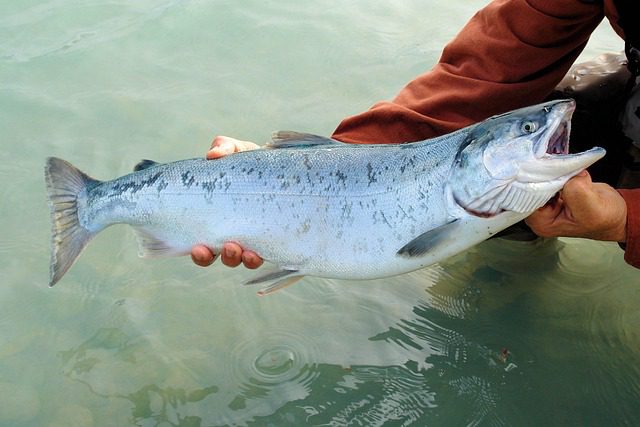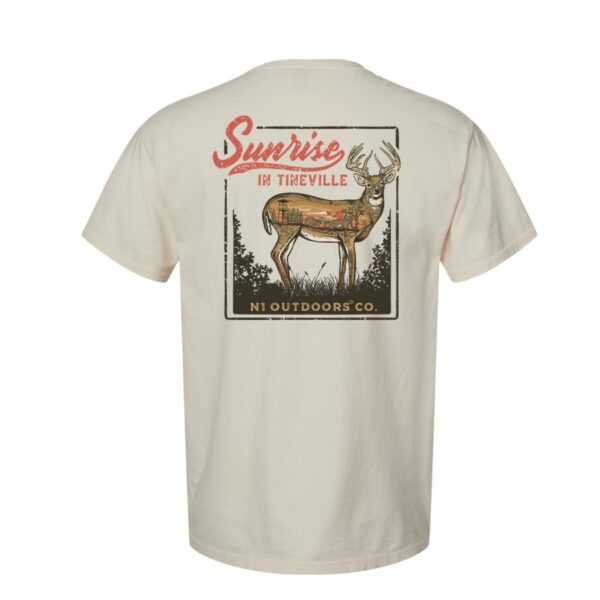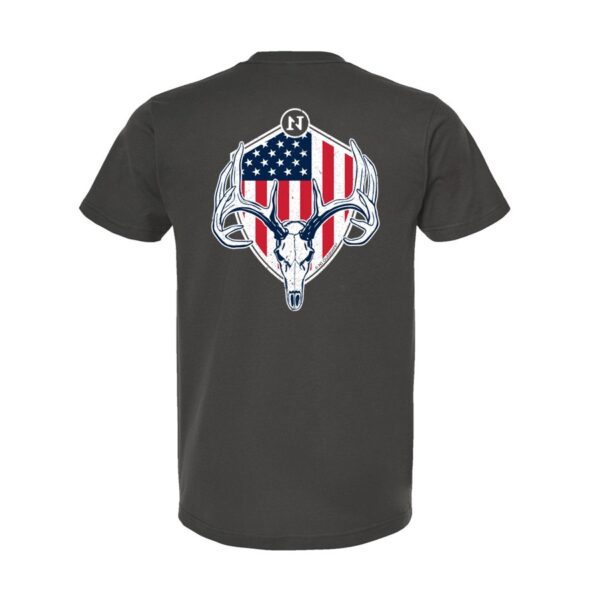Venturing deep into the wild brings freedom and challenge, and shelter is a critical component of an enjoyable experience.
Many hunting enthusiasts find themselves sleeping under flimsy tents, exposed to storms and wild animals. Without a strong, reliable place to rest, exhaustion can set in fast.
Basic shelters, like tents, can collapse during bad weather and mobile homes are too heavy to move into remote spots. So, these options often fail to meet the real needs of remote hunters.
There’s a smarter solution… You can build your own tough and transportable lodge!
These lodges will shield you from weather, provide a safe place to store your gear, and will hold up over time. This guide will show you how to build a durable temporary hunting cabin using simple, proven methods.
Choosing the Ideal Location for Your Lodge
Before attempting to erect any type of temporary structure, be sure to check all local zoning laws. Even remote areas on your own property still have limitations on what can be erected. Temporary structures can still sometimes require permits. Ignoring laws and ordinances regarding what can be built may lead to fines or removal of the structure.
Choosing flat, elevated ground helps your cabin stay dry and steady. Sloped or swampy areas cause flooding and foundation issues. Also, solid soil offers better support for long-term use than sandy soil.
Good drainage reduces the possibility of rot and mold. It also keeps your cabin warmer and drier during long stays. So, be sure to avoid valleys or basins where water collects quickly.

Easy access to and from your temporary hunting lodge helps with hunting and daily use, so you may want to consider not straying too far off the beaten path. Be sure to stay close to water sources and game trails. Also, choose areas with cover for wind protection as well as for privacy.
Pick smart now to avoid costly problems later. A good location makes everything else easier.
Check out N1 Outdoors camping merch!
Selecting Sturdy and Portable Materials
Use treated plywood or cedar for walls and floors. These resist rot and pests. Composite panels offer strength while staying light and easy to haul.
Choose metal roofing for durability and rain protection. It sheds snow fast and lasts longer than wood. For insulation, use rigid foam or fiberglass batts. Both are lightweight and keep heat inside.
Pack only what you can carry or tow into your chosen location. Pre-cut panels and collapsible frames will reduce bulk. Avoid heavy hardwoods unless you are able to easily transport the materials to your location. A good rule of thumb is to focus on strength without the extra weight.
Another valid option for a temporary hunting lodge is to use a pre-engineered building. These structures come with modular parts and easy setup guides. They also work well for fast deployment and strong weather resistance.
Be sure to fasten joints with screws, not nails. Screws hold better and will help your cabin stay tight and strong in the field.
Planning a Simple Yet Functional Floor Plan
A clean layout boosts comfort and keeps your lodge organized. It’s important to remember that function and flow matter more than fancy designs. So, divide your temporary cabin into three zones: sleeping, cooking, and gear storage. Use raised bunks to save space and keep bedding dry. Keep the cooking area away from the sleeping quarters for safety.
Include vents or small windows on opposite walls. This improves airflow and reduces moisture buildup. Using light-colored walls will brighten the interior naturally without the need for a lot of extra lighting. Place gear hooks and shelves along unused wall sections to save floor space.
Build with modular panels that you can attach and remove easily. It’s also a good idea to label parts before disassembly to speed up reassembly later. Using foldable furniture can also help with packing and reduce the overall storage area that you’ll need.
Assembling a Tool Kit for Remote Construction
Your tool kit should be light, organized and reliable.

Bring essential hand tools like a handsaw, hammer, tape measure, and level. Include a utility knife, chisel set, and screwdrivers. Compact power tools such as a cordless drill and circular will help you saw save time.
Be sure to store tools in a weatherproof case or roll-up pouch. Grouping small items in labeled bags will help you keep everything organized and reduce the likelihood of losing them. Clean and dry tools after use to avoid rust and wear and always check for any damage using.
You can use a solar panel kit or portable generator for power. Battery packs with USB and AC ports are also great backups. Keep extra batteries and a small inverter for charging.
Implementing Weather-Resistant Construction Techniques
Weather-ready construction will help your cabin last longer. It also keeps you safer and more comfortable in inclement weather.
Build on cinder blocks or treated wood posts to raise the floor. This keeps water from pooling under your portable cabin. Use gravel under the base for added drainage.
Seal joints with weatherproof caulk and flashing tape. Cover exterior walls with vinyl or treated plywood siding. Adding vents near the roof will allow warm air to escape. This reduces the chance for mold and keeps air moving.
In areas where snow is likely, use a sloped metal roof. Extending the roof edges will help direct water away from your temporary cabin. Use hurricane ties and strong fasteners for wind resistance. Secure corners and door frames with extra bracing.
Securing the Cabin Against Wildlife and Intruders
Security adds peace of mind when you’re camping in remote areas. With some basic features, you can help keep wildlife out and protect your gear so you can rest and stay focused on the hunt at hand.

Using an elevated entrance with strong steps or a ladder can deter animals from walking in.
Store any food and gear in lockable, sealed boxes to prevent scent leaks.
Be sure you have the ability to lock your door. Use metal mesh on vents to keep small animals out.
Go Tiny First

Before you try building a temporary hunting cabin, try staying in a minimalist micro-cabin. This could help you think through what you will truly need in your temporary hunting cabin and what you can do without. For example, you might learn that all you need for bathing is a simple, solar shower that can heat up using sunlight.
Be sure to follow the “leave no trace” rule. Pack out all waste and avoid cutting live trees or disturbing the ground.
Good luck and happy hunting!


